One to watch: Casey Zablocki’s Rocky Mountain surroundings feed into his vast sculptural work
Montana-based artist Casey Zablocki uses one of America’s largest kilns to create monumental ceramic, functional sculptures
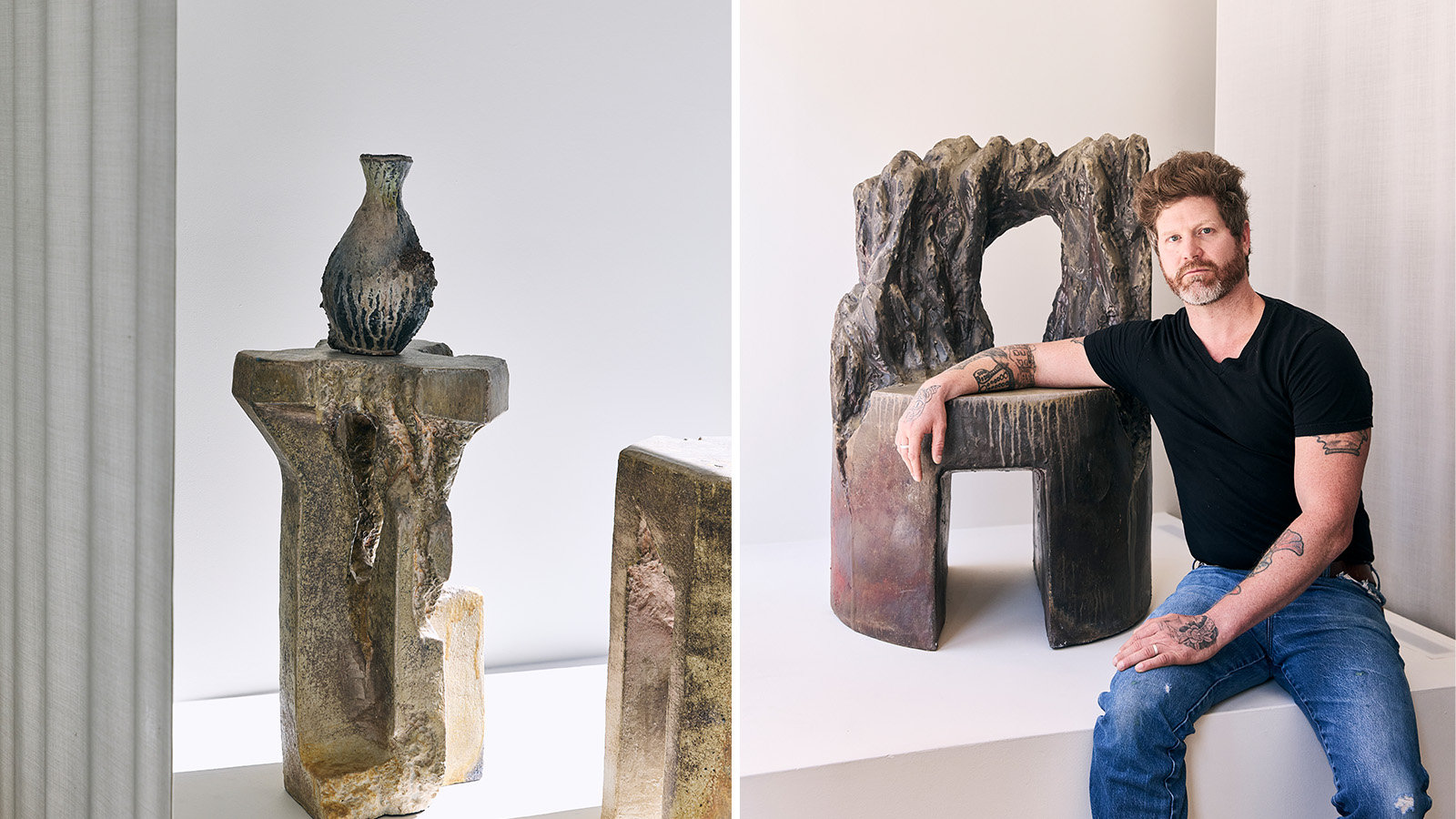
The awe-inspiring vastness of Montana’s landscapes is ever-present in ceramic artist Casey Zablocki’s monumental works. Living and working amid the dramatic terrain of the Rocky Mountains naturally translates into sculptures of sheer scale and visual weight – almost primordial in form and surface treatment. Zablocki uses one of the largest wood-fired anagama kilns in the US to produce such massive pieces, which are cracked, eroded, and discoloured, as if formed and then slowly degraded over many millennia, just like the valleys and crevices of the geology in his workshop’s vicinity.
Casey Zablocki’s monumental works
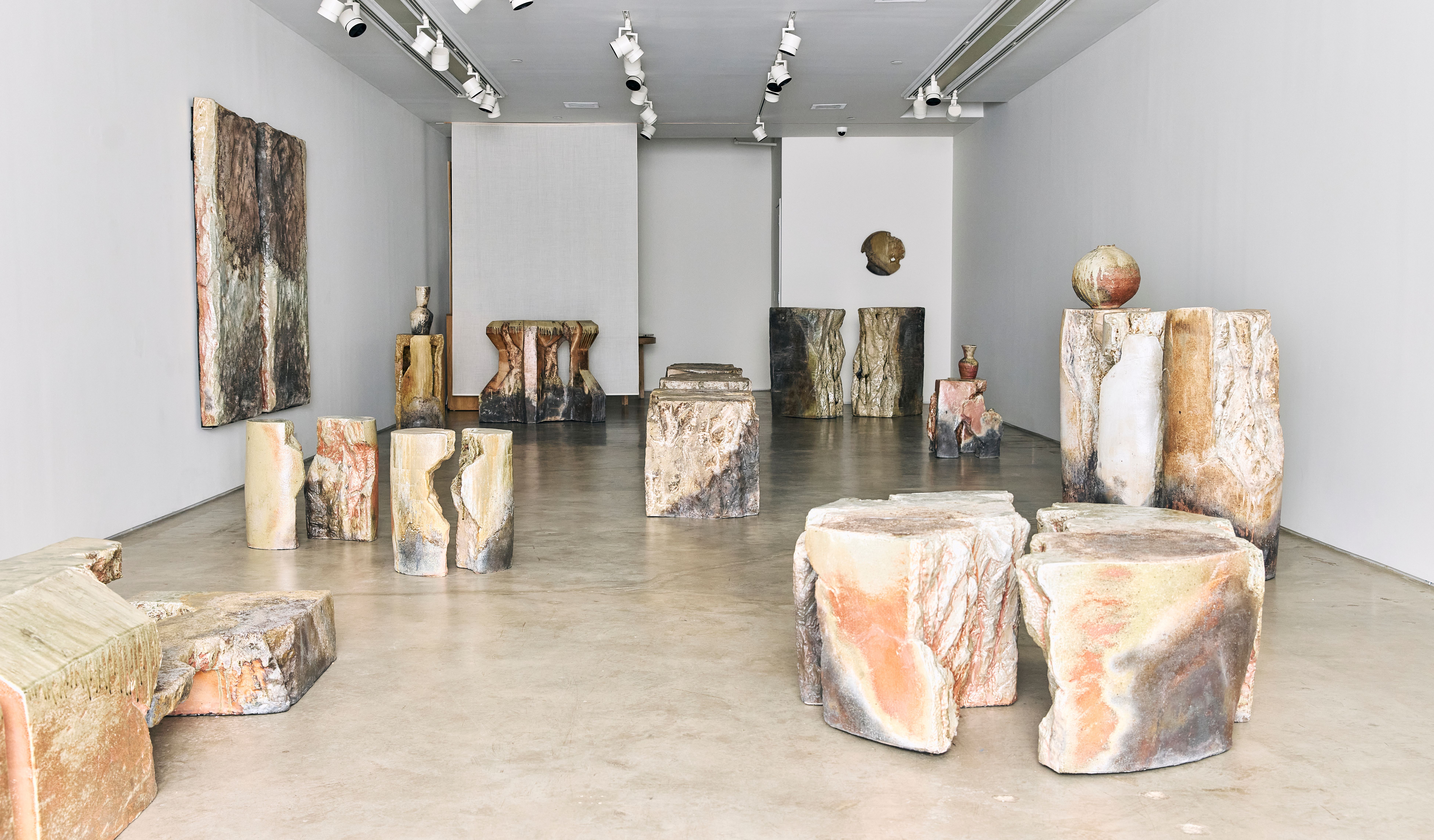
Casey Zablocki exhibition at Guild Gallery, New York, until 22 November 2024, installation view
‘If you look at my work, it references all of that [landscape] without even trying, because that's just where I live, and I'm surrounded by this beauty,’ Zablocki tells Wallpaper* ahead of his latest exhibition, at Roman & Williams’ Guild Gallery in New York City.
The solo show presents his latest body of work, ‘Ceramic Furniture’, which includes over 20 pieces that evoke a lost brutalist civilisation or ancient rock formations, as if uncovered in the gallery space after being buried under the earth for an age. ‘They feel like they’re almost coming out of the ground, or have been part of the ground,’ says the artist.
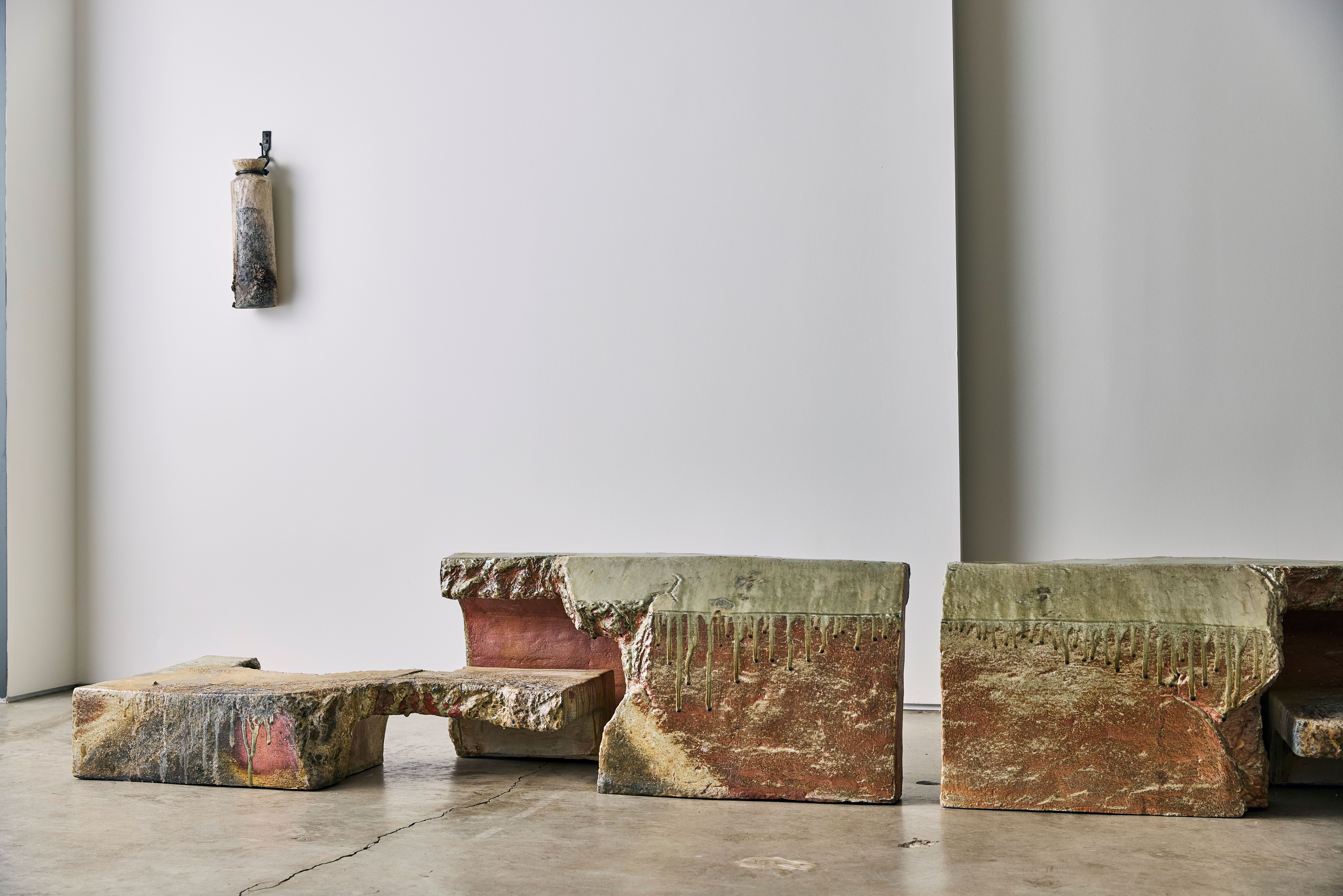
Monida modular bench and coffee table
Over 15,000 pounds of clay – mixed in a unique recipe – was used to create the works, each of which is designed to be functional in some way. They include a giant throne-like chair, a trio of monolithic benches upon which Zablocki imagines sitters ‘observing other artworks in a museum’, and a coffee table comprising a pair of semi-cylindrical podiums that appear to have cracked apart then been placed, but not attached, back together. ‘I wanted to simplify the work so you focus on material and [are not] so distracted by form,’ he explains. Across the various designs, porcelain is applied as a slip glaze that adds texture and colour, resulting in glossy hues that range from russet, pink and yellow, to those resembling Korean celadon or Chinese blue.
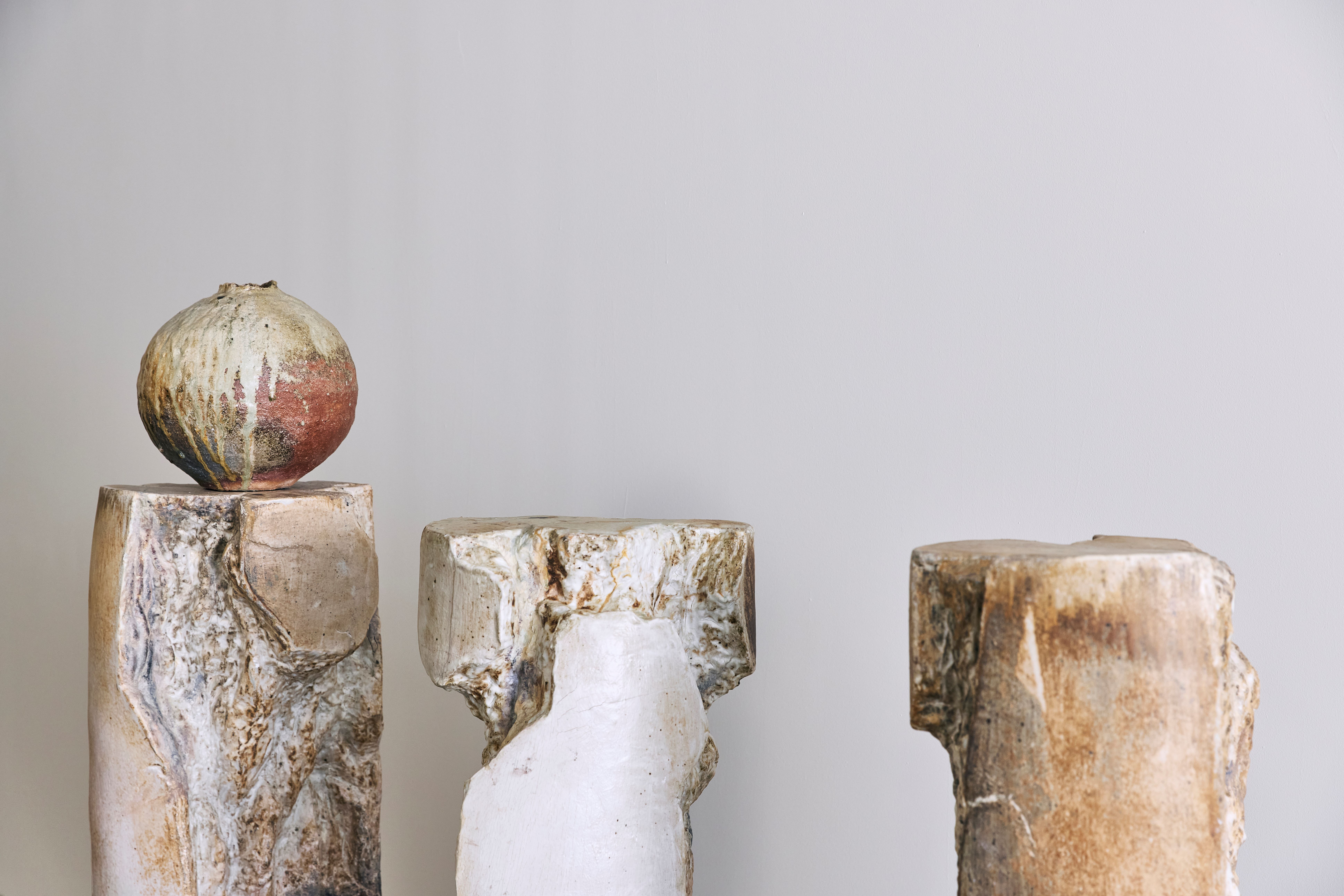
McCleod vase on Lemhi pillars
Time and tension both play a critical role in Zablocki’s practice. Not only do the raw materials he uses take millions of years to form, but his pieces require eight days of firing at immensely high temperatures, then almost a week to cool again before they are taken out of the giant kiln. They also demand a huge amount of physical labour to create, from the harvesting of the clay – which Zablocki does himself – to the moving of these huge objects in and out of the kiln on rollers, and the tending and fueling of the fires with fresh wood day and night during the firing process.
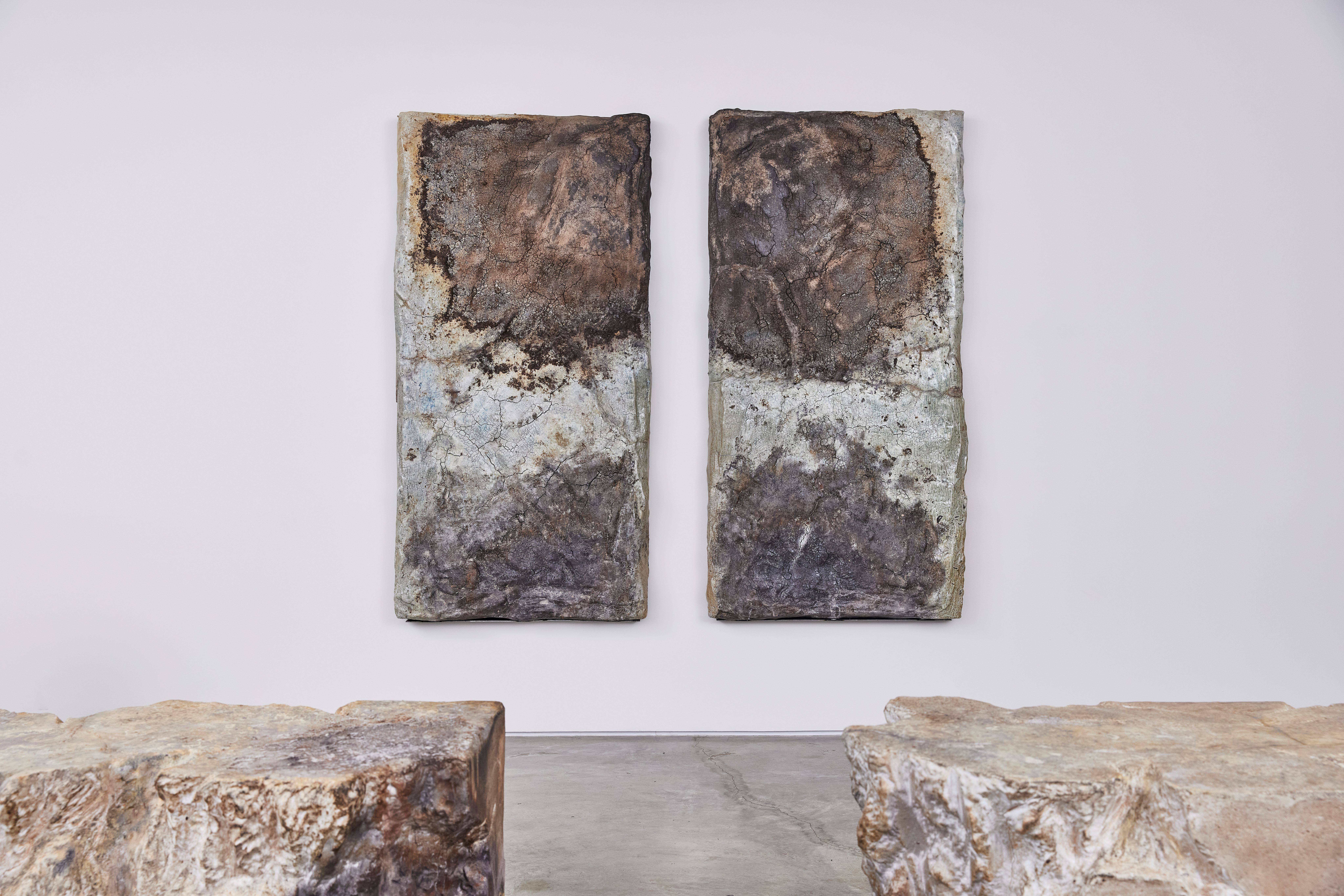
Pintler woodfired stoneware
For Zablocki, making and creating with his hands – and his whole body – is part of who he is, and the passion and dedication to his craft is palpable when he speaks about it. After completing his post-baccalaureate studies at Montana State University, Zablocki apprenticed with anagama (a Japanese wood-fired kiln) expert Peter Callas and renowned South Korean sculptor Hun Chung Lee, before setting up his own practice in Missoula.
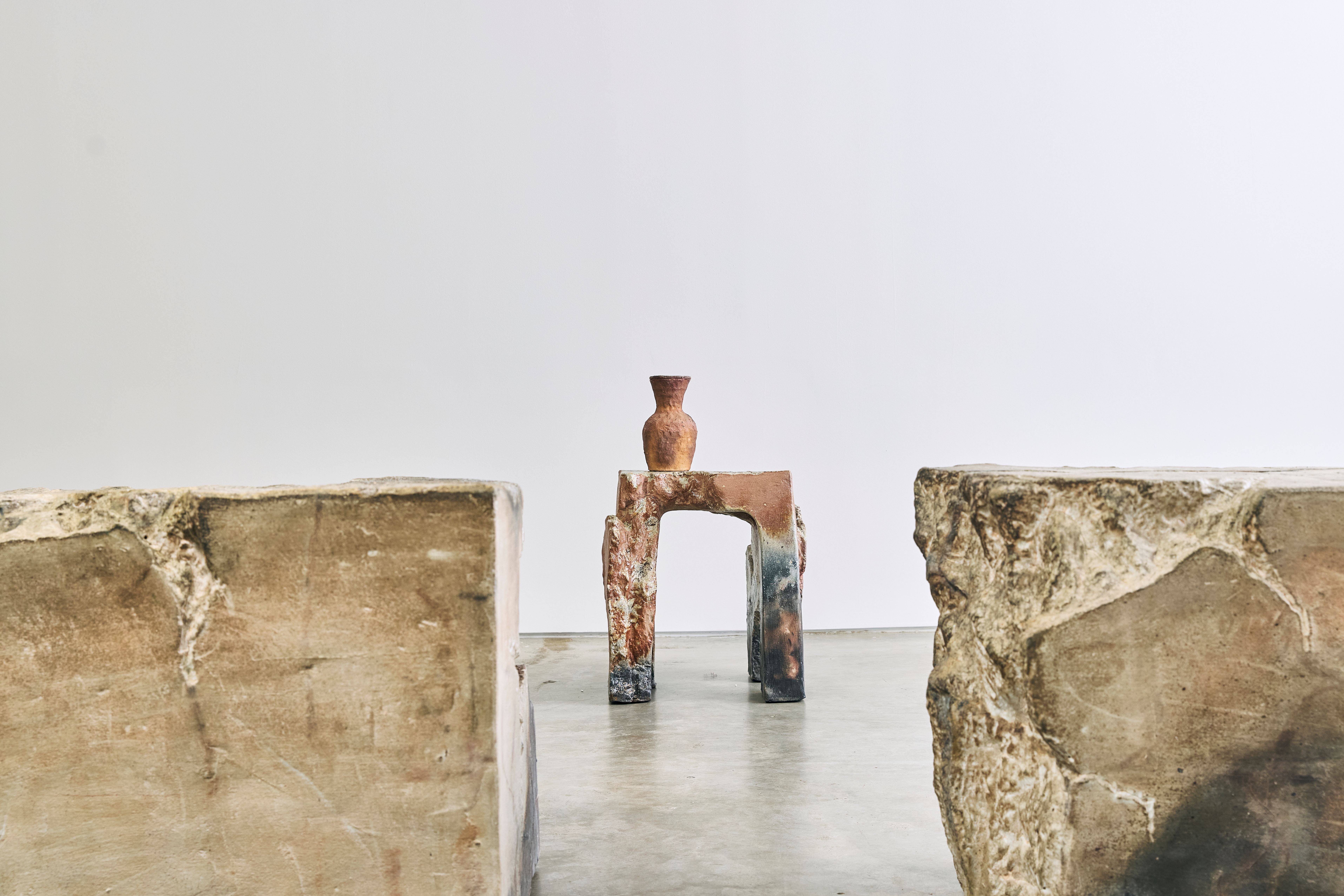
Casey Zablocki exhibition at Guild Gallery, installation view
The ‘Ceramic Furniture’ series follows an earlier exhibition at Guild Gallery, titled ‘Modern Relics’, which had a more muted palette derived from the kiln ash of local woods. For the latest collection, developed over two years, Zablocki sourced the clay locally for the first time, creating an even more intrinsic link between the sculptures and the landscape, and a very personal medium that can lead to new directions and experimentation for his work.
Receive our daily digest of inspiration, escapism and design stories from around the world direct to your inbox.
The exhibition at Guild Gallery, New York, continues until 22 November 2024
zablockiceramics.com
Dan Howarth is a British design and lifestyle writer, editor, and consultant based in New York City. He works as an editorial, branding, and communications advisor for creative companies, with past and current clients including Kelly Wearstler, Condé Nast, and BMW Group, and he regularly writes for titles including Architectural Digest, Interior Design, Sight Unseen, and Dezeen, where he previously oversaw the online magazine’s U.S. operations. Dan has contributed to design books The House of Glam (Gestalten, 2019), Carpenters Workshop Gallery (Rizzoli, 2018), and Magdalena Keck: Pied-À-Terre (Glitterati, 2017). His writing has also featured in publications such as Departures, Farfetch, FastCompany, The Independent, and Cultured, and he curated a digital exhibition for Google Cultural Institute in 2017.
-
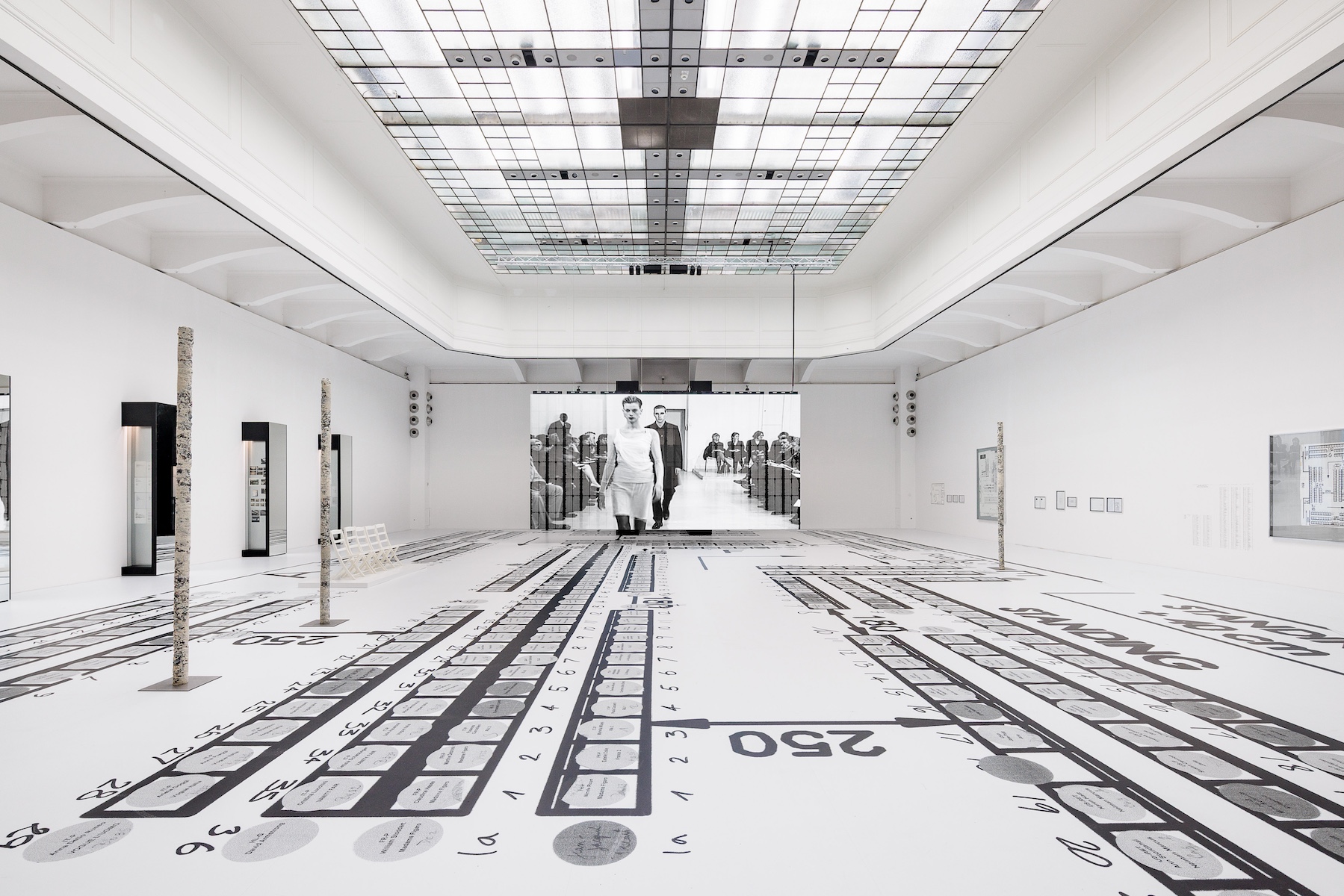 Inside Helmut Lang’s fashion archive in Vienna, which still defines how we dress today
Inside Helmut Lang’s fashion archive in Vienna, which still defines how we dress todayNew exhibition ‘Séance de Travail 1986-2005’ at MAK in Vienna puts Helmut Lang’s extraordinary fashion archive on view for the first time, capturing the Austrian designer-turned-artist’s enduring legacy
-
 Eclectic and colourful, Charlie Ferrer’s home reflects the interior designer’s personal and professional evolution
Eclectic and colourful, Charlie Ferrer’s home reflects the interior designer’s personal and professional evolutionThe New York interior designer invites us into his new Greenwich Village home: come on in
-
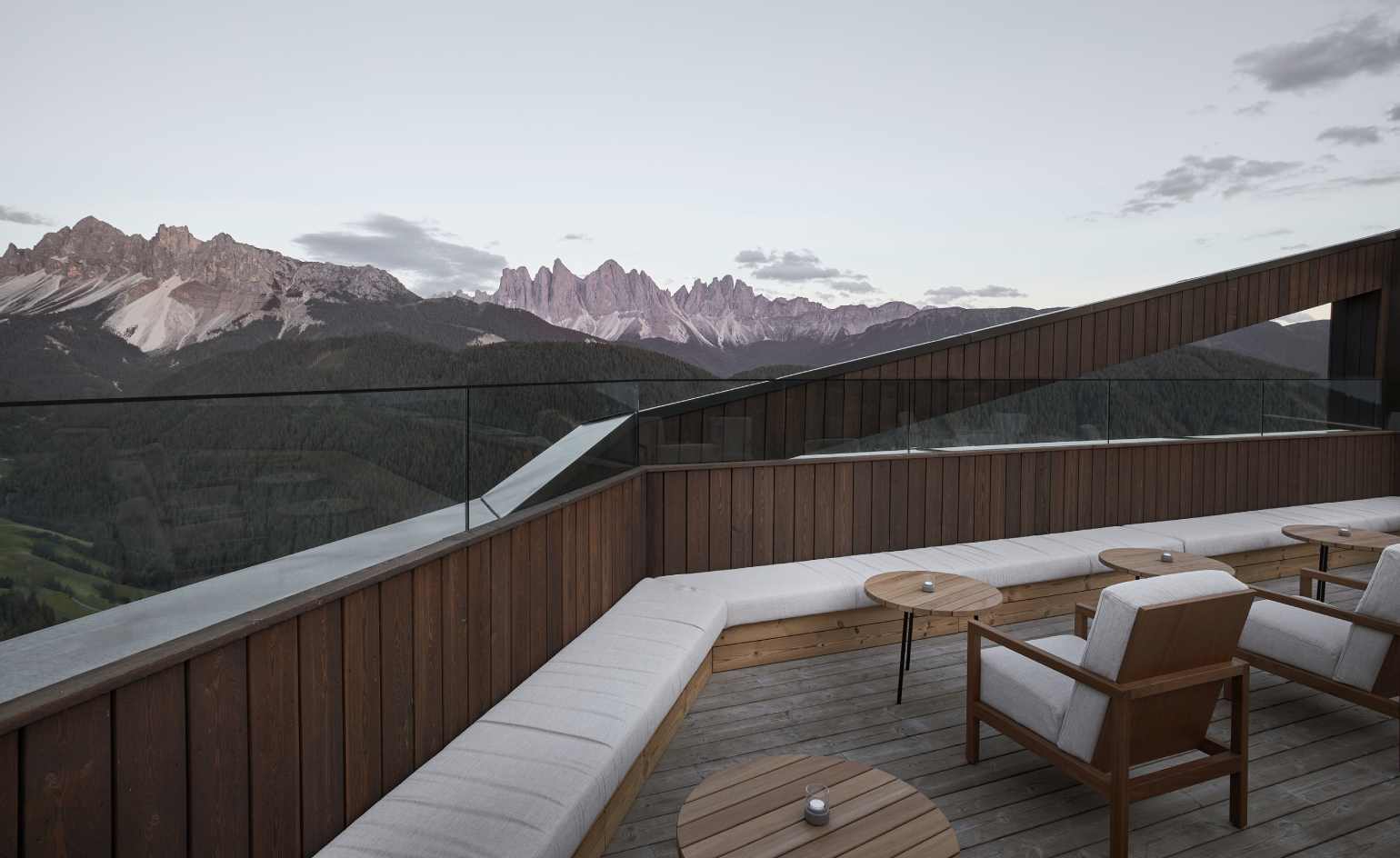 Heading to the 2026 Winter Olympic Games? Don’t miss these stops along the way
Heading to the 2026 Winter Olympic Games? Don’t miss these stops along the wayAs the anticipated winter games draw near, Wallpaper*’s Milan editor, Laura May Todd, shares where to stay, eat, drink and relax in the Dolomites
-
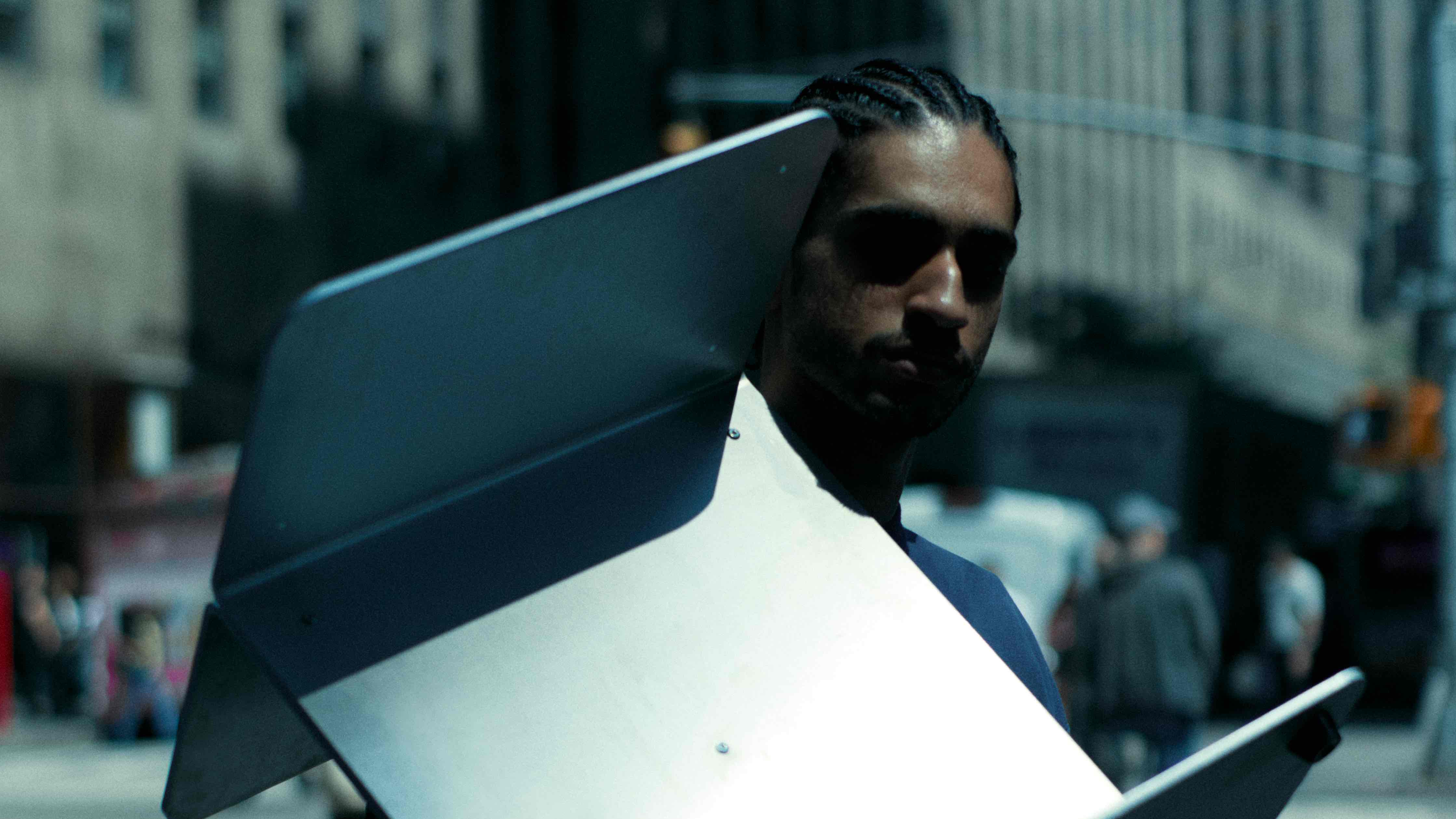 Meet Goodesign, the modular furniture studio with big dreams
Meet Goodesign, the modular furniture studio with big dreamsWallpaper* speaks to Emmanuel Popoteur, the self-taught designer behind New York’s Goodesign, a studio creating intuitive, adaptable furniture for modern living
-
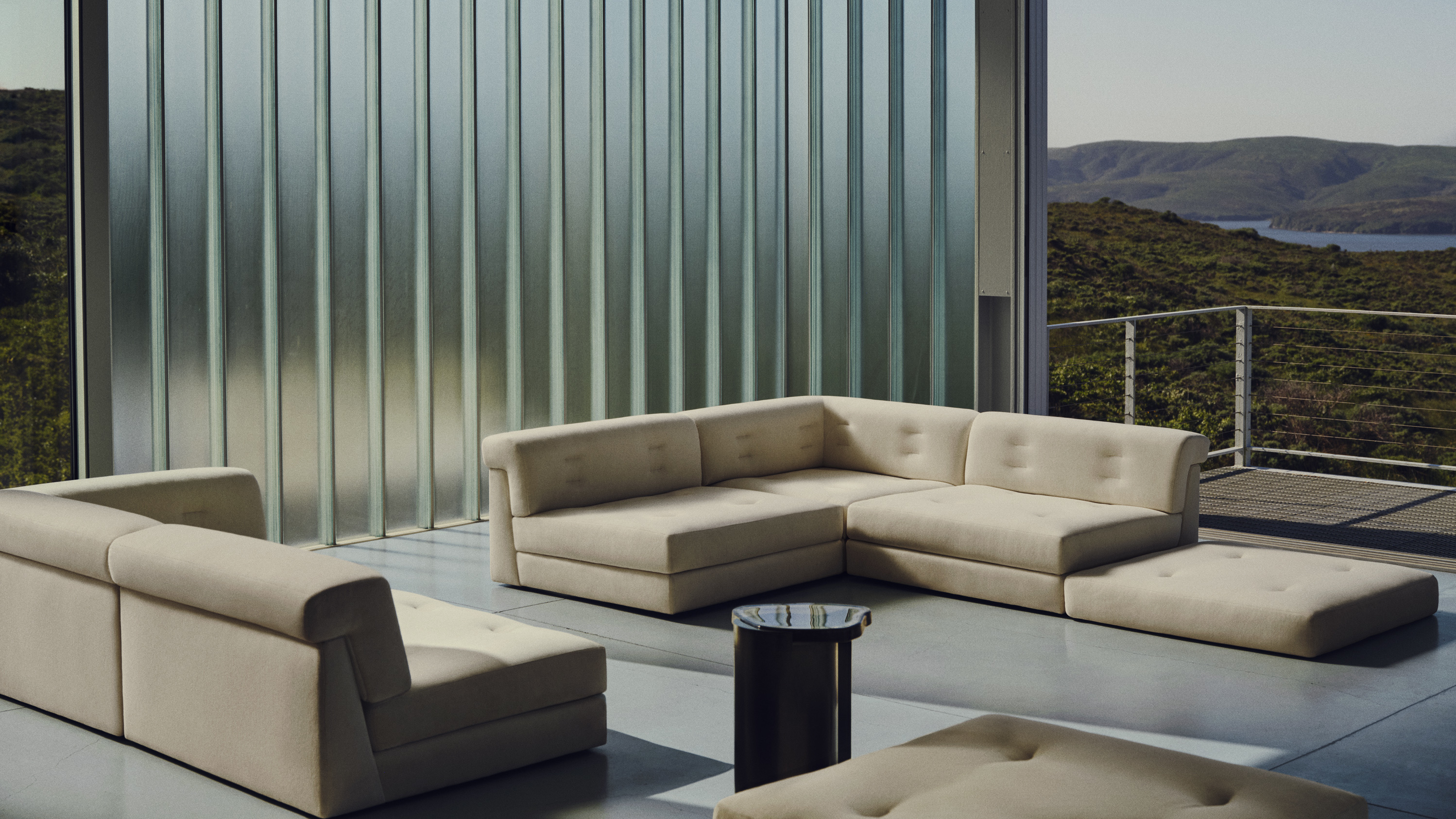 New furniture from Maiden Home elevates elemental materials through unique design
New furniture from Maiden Home elevates elemental materials through unique designFinely crafted and exquisitely formed, the New York furniture brand’s latest designs find their perfect showcase at a modernist Californian home
-
 Wallpaper* USA 400: The people shaping Creative America in 2025
Wallpaper* USA 400: The people shaping Creative America in 2025Our annual look at the talents defining the country’s creative landscape right now
-
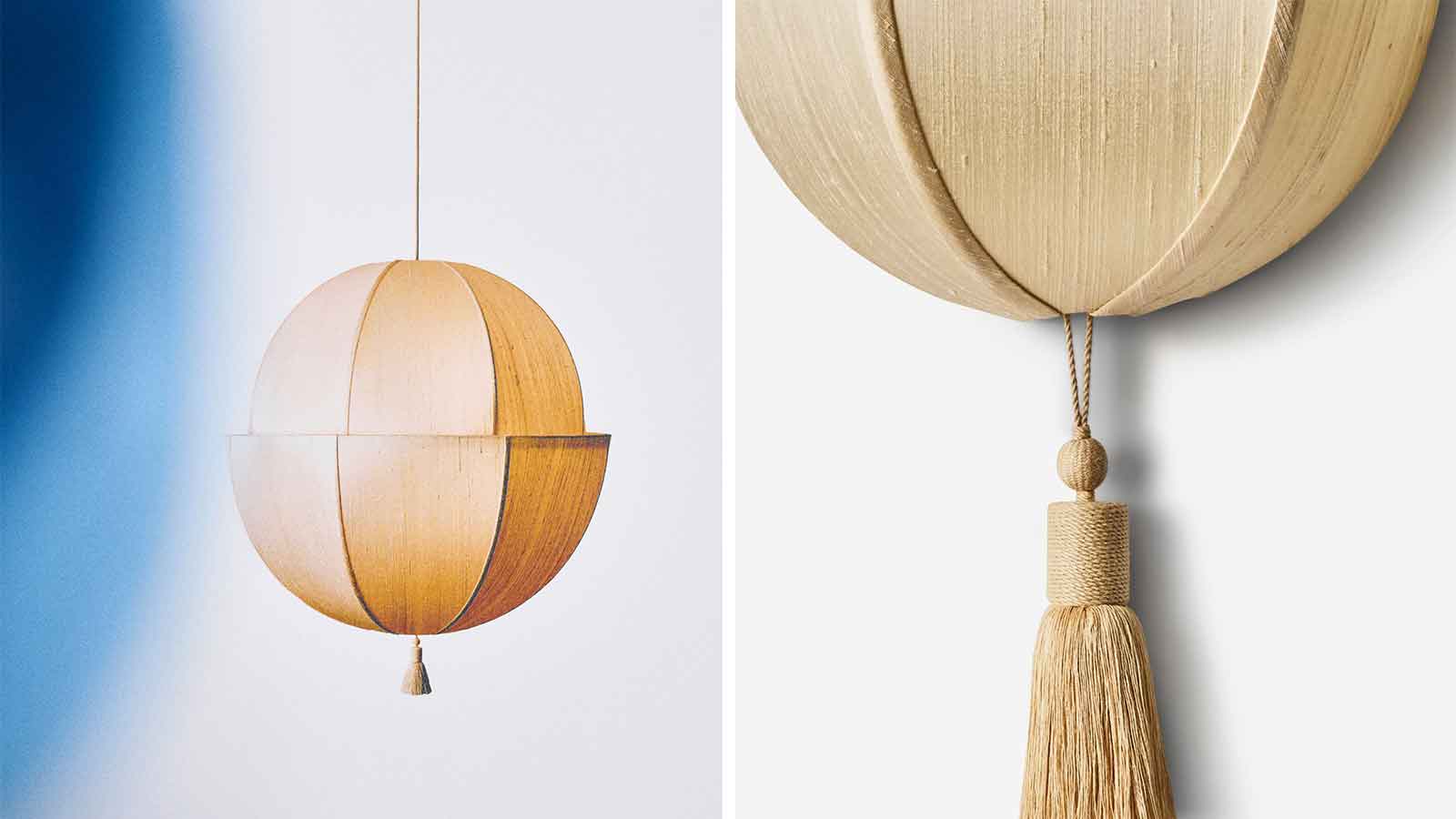 Workstead's lanterns combine the richness of silk with a warm glow
Workstead's lanterns combine the richness of silk with a warm glowAn otherworldly lamp collection, the Lantern series by Workstead features raw silk shades and nostalgic silhouettes in three designs
-
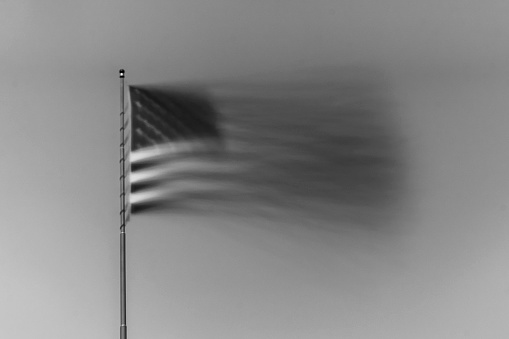 Can creativity survive in the United States?
Can creativity survive in the United States?We asked three design powerhouses to weigh in on this political moment
-
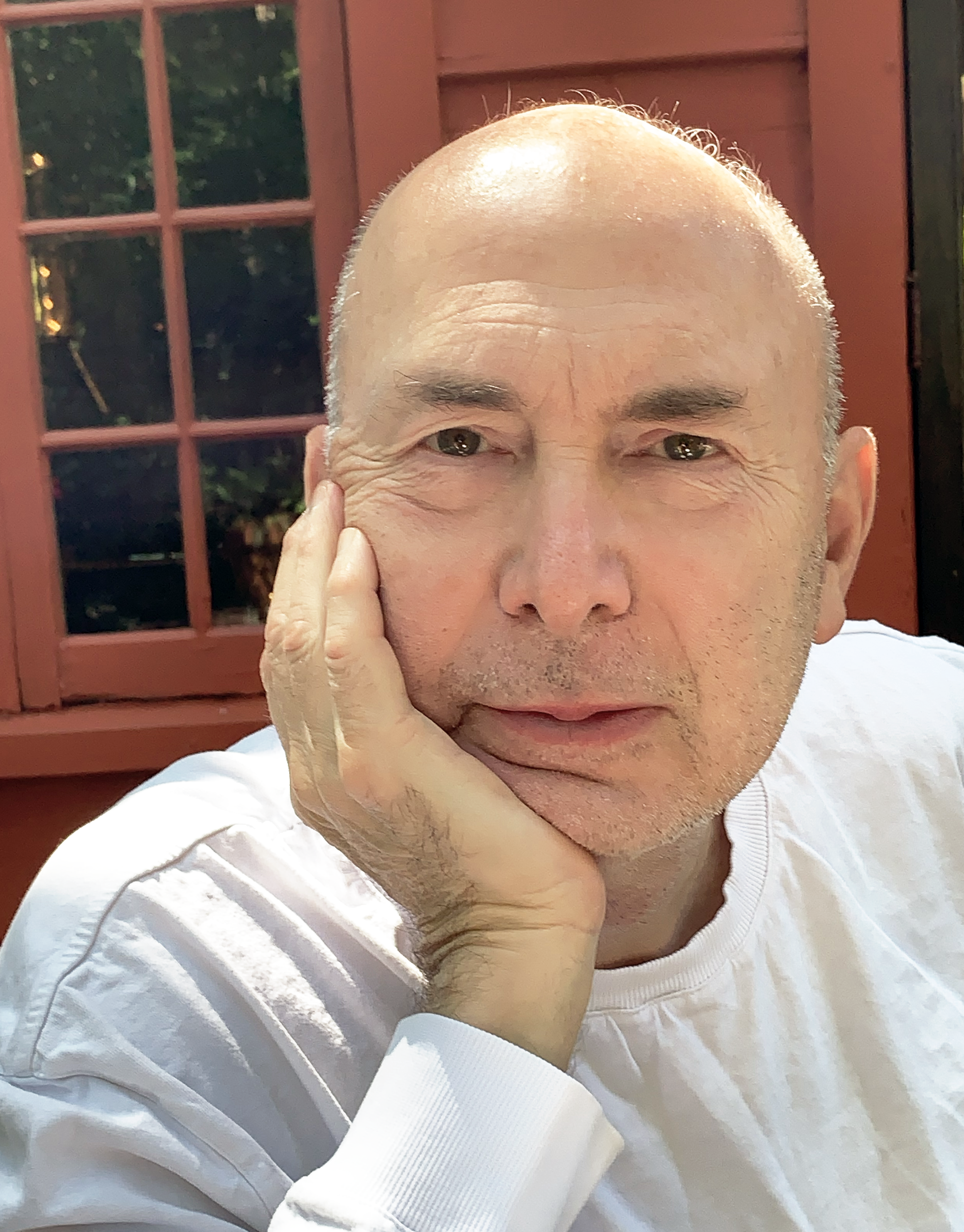 Murray Moss: 'We must stop the erosion of our 250-year-old American culture'
Murray Moss: 'We must stop the erosion of our 250-year-old American culture'Murray Moss, the founder of design gallery Moss and consultancy Moss Bureau, warns of cultural trauma in an authoritarian state
-
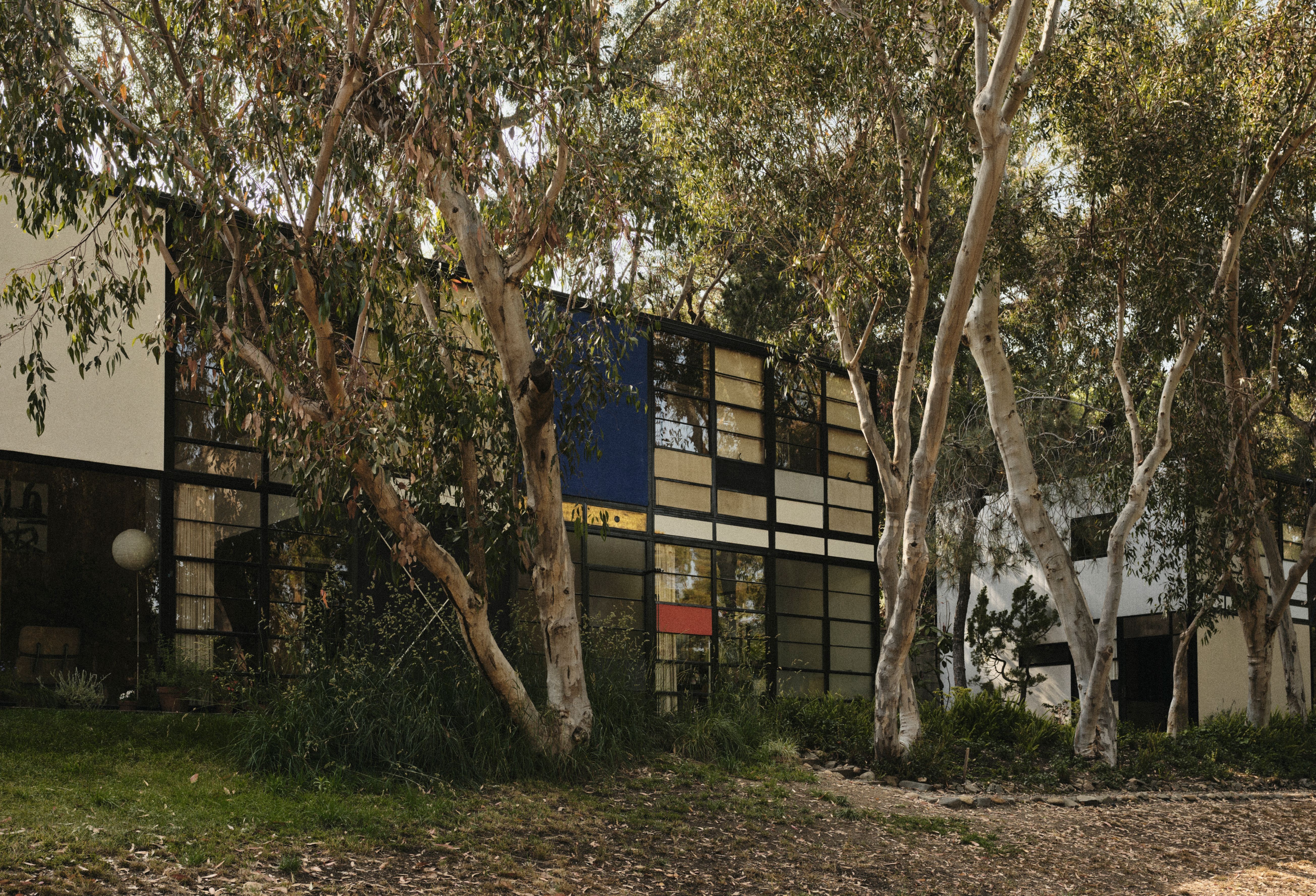 ‘You can feel their presence’: step inside the Eameses’ Pacific Palisades residence
‘You can feel their presence’: step inside the Eameses’ Pacific Palisades residenceCharles and Ray Eames’ descendants are exploring new ways to preserve the designers’ legacy, as the couple’s masterpiece Pacific Palisades residence reopens following the recent LA fires
-
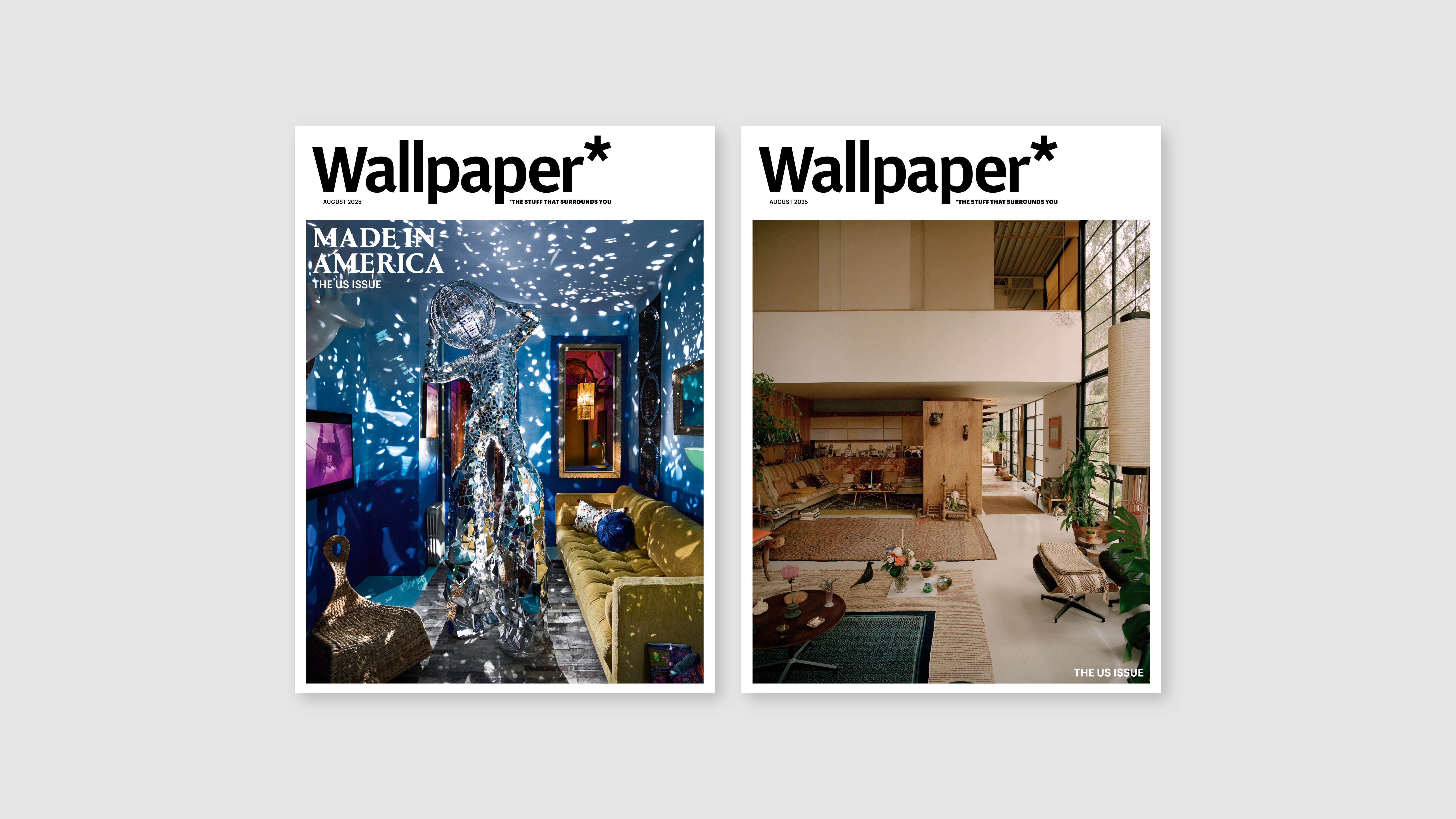 2025’s Wallpaper* US issue is on sale now, celebrating creative spirit in turbulent times
2025’s Wallpaper* US issue is on sale now, celebrating creative spirit in turbulent timesFrom a glitterball stilt suit to the Eames House, contemporary design to a century-old cocktail glass – the August 2025 US issue of Wallpaper* honours creativity that shines and endures. On newsstands now